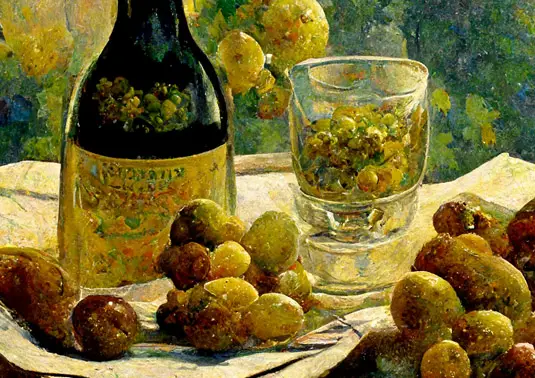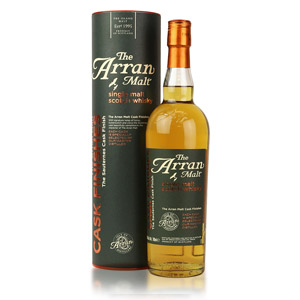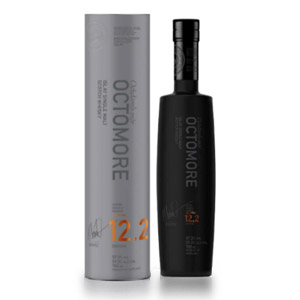
I should really title this post “Musings on Sauternes as it relates to whisky,” or, “Random utterances designed to shirk my responsibility to write a real review post.” But… you know, that’s pretty long.
I don’t know much about Sauternes, the French wine. I know it’s made from three white-wine grapes (Sémillon, muscadelle, and sometimes sauvignon blanc) when those grapes are affected by the botrytis fungus, sometimes called “Noble Rot”. The fungus desiccates the grapes, reducing their water content without reducing their sugar content, just like a raisin still on the vine. The rot also adds fungal compounds to the grapes that will end up in the wine. Noble rot is common in Sauternes-making regions of France in areas where morning mist wets the exterior of the grapes, providing ideal growing conditions for the fungus.
Botrytis infections in vineyards were once cause for despair, but some French wine producers discovered the infected grapes could be pressed to make wine that was far sweeter and more concentrated, owing to its higher sugar-water ratio. Obviously this is scratching the surface and any actual wine people could tear apart this summary with some really stinging “Ackshuallys”. Anyway… the sweet wine is usually fermented in French oak barrels and is sometimes matured in those barrels for 18 to 36 months. It should be no surprise to readers of this blog that those barrels are in high demand among whisky producers for finishing whisky. See Glenmorangie Nectar D’Or for my first exposure to the lovely result.
So in an attempt to better understand the flavors that arise when whisky is aged in Sauternes casks, I sought a bottle of actual Sauternes. I’m drinking a Château Guiraud 2010 (375ml bottle) which was something like $40, and I’m drinking it chilled. I’m noticing the aroma – particularly – has distinct notes of golden raisins (duh), rich honey, fresh apricots, dried apricots, and a not-quite-yeasty fungal aroma that’s hard to place. It’s not mushrooms or mold, but more like the smell of a compost bin that mostly has fruit in it – heady, sweet, but decidedly fermenting. It smells very similar to whiskies like the Glenmorangie above, except in the actual wine the aromas are fresher and less-concentrated. The flavor has many of the same elements but they are duller, thinner, and less complex. On the finish, the Sauternes sweetness fades away and leaves a tannic, almost-bitter aftertaste. I like it, but I have to say it’s not as dense, rich, and concentrated as the picture my imagination had painted. It’s sweeter, denser dessert wine… but it still drinks like wine.
It’s no surprise that these flavors (and really the flavors of any sweet or fortified wine) meld well with whisky, when said whisky is finished in wine barrels. Whisky already shares some common ground (sweet, bready, fruity) and especially benefits from the wine’s amplifying effects of these honey-and-fruit notes. I continue to be a fan of Sauternes-finished whiskies and although I’m not likely to regularly purchase Sauternes itself, I can pat myself on the back for branching out and exposing my palate to additional erhhm… education.
Happy Holidays, Merry Christmas, and Happy New Year to everyone!



Someday I will get around to actually trying Port
Do it! Port is relatively inexpensive and lasts for weeks upon opening. Plus if you’re not a fan, you can always float it or use it to replace another ingredient (like vermouth) for cocktail variations.
Signed, Guy Who Just Made A Port Finished Evan Williams Bottled in Bond in an Oak Barrel
Sauternes is a nice but expensive dessert wine. I’d like to find some quality Sherry to sip for the same “research” program but can only find cheap crap that is likely only good for cooking
Depending on where you live, you can find or have shipped a 750ml of Osborne Pedro Ximenez Sherry for $30 from Total Wine.